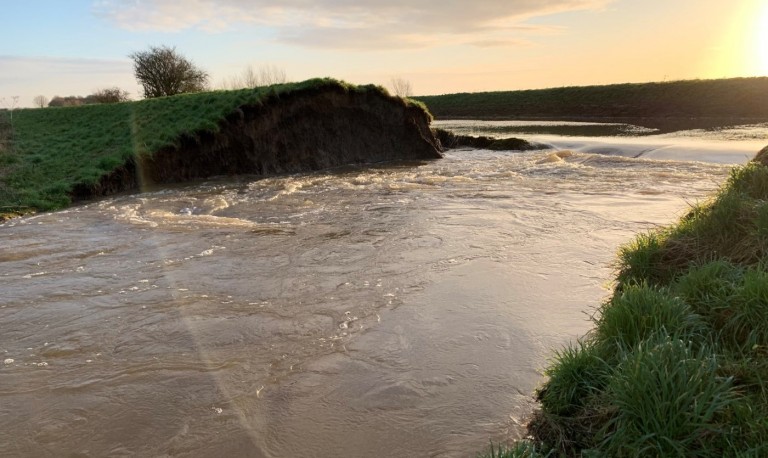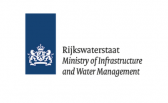Emergency Response Exercises
When talking about emergency response, an activity that we cannot miss out on is a full scale emergency response exercise. Diagnosing and prognosis are key in finding the right approach for the execution of emergency measures.
The emergency response exercises will be implemented for five main damages: local crest lowering, erosion holes or fallen trees, sand boils caused by piping, cracks due to slope instability and animal burrowing (fox holes).

Traditional and innovative measures
The different damages ask for different emergency measures. In addition to traditional measures and testing under normal circumstances, innovative measures will be tested in the area while also dealing with hindering conditions.
Completing the Plan-Do-Check-Act
The Plan-Do-Check-Act, PDCA circle, starts with observing and finding of damages during an inspection, making use of our newly-developed inspection app. Next, we focus on diagnosing and prognosis of the right approach, eventually leading to the execution of needed emergency measures. With the execution of emergency measures, we start observing again, closing the PDCA circle.
Damages in the Living Lab
Several damages can be found during inspections in the polder, enabling for different emergency response measures to be tested. Some damages are already present in the testing area such as fox holes, mimicking problems with beaver incidents in the Netherlands or badgers in the UK. We also aim to simulate damages such as sand boils by piping or we can lower crests, initiating overflow which asks for emergency measures to stop the levee from failing. Furthermore, for the Flood Defence activities, erosion resistance is being tested and we can use the created erosion holes on the levees to test the applicability and strength of emergency response measures against erosion caused by new water overflow.
Lastly, focus will be on cracks due to instability as this can be an interesting exercise for experts. The five main damages will start off easy at the beginning of the testing phase, increasing in intensity, risk and difficulty during the exercise period. For the most complex exercises, the aim is to practice with emergency measures around transitions from ground structure to constructions such as stairs or water outlets and, if possible, a no-closure of the outlet with real water flowing out of the polder may be simulated.
Full scale international emergency exercise
The different emergency response measures can all be seen as practices towards a full-scale international emergency response exercise which will be executed at the end of the project. Partners and observers in Polder2C’s are trained to apply their improved knowledge and expertise in flood defence inspections and flood emergency response. Our plan is to execute the full-scale international emergency response exercise in a realistic setting with all project partners being involved either as participant or as evaluator.








